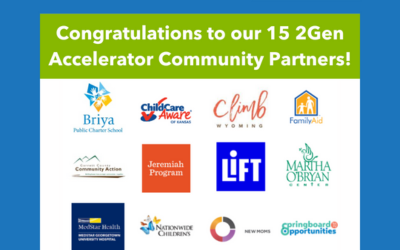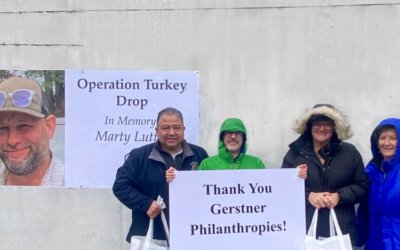The American Rescue Plan needs a long-term plan for homeless families
The Biden administration’s $1.9 trillion American Rescue Plan has been quite accurately heralded as a bold step toward curbing the coronavirus pandemic’s economic and health impacts. It is also the most meaningful legislation in decades aimed at reducing childhood poverty by 50 percent. For 5 million of our nation’s poorest children though, the plan alone won’t adequately change their housing instability and the resulting trauma that they and their parents experience.
In Massachusetts, the addition of up to $7,800 in tax credits and stimulus payments for a family of three living in poverty will barely make a dent in widening income gaps or ultra-high housing costs.
For example, according to MIT’s Living Wage Calculator, a mother with two children needs an annual gross income of $115,000 to pay for rent, childcare, and food and transportation in Boston, all of which are among the highest in the nation. In fact, 24 percent of Boston children live in poverty, almost twice the national average.
With an average income of just $18,000, homeless families will still live, with the additional stimulus funds, just above the national poverty level. In Massachusetts, that’s more than 40,000 children plus their parents who are living in cars, emergency shelters, emergency rooms, or stacked up in overcrowded apartments with other families.
While rental moratoriums helped many families from falling into homelessness during the early part of the crisis, the average COVID-related rental debt incurred for the poorest residents has now climbed to more than $6,400, eating up whatever stimulus money comes their way.
Additionally, these one-time federal funds may push a family’s income just high enough to prohibit their eligibility for — or terminate their access to — key services such as emergency shelter.
While the plan’s $5 billion in rental assistance and housing vouchers can make a difference in many rural and suburban communities, the lack of low-income housing stock and many landlords’ refusal to accept subsidies, means these programs, without additional strategies, will only scratch the surface for those living in high cost/low inventory urban areas like Boston.
These realities will play out across the country. Emerging data suggest that while poor families will continue to struggle, others who do make it out of poverty will likely fall back into it and ultimately homelessness when the Rescue Plan largely ends in 2022. In fact, a recent study by the non-partisan Economic Roundtable indicates that family homelessness will reach record levels by 2023.
And for the youngest children, homelessness is a developmentally harmful experience. While this can be mitigated through high quality interventions and early education, access to state-funded programs carries high-bar work requirements that are simply not achievable during the pandemic.
But all hope isn’t lost. Rather than viewing the Rescue Plan as the sole solution, city and state leaders, philanthropists and service providers should leverage the plan as a catalyst to help our poorest families improve their economic standing and overall well-being. By quickly and strategically linking the stimulus to private, state, and city resources in a comprehensive, systemic, and planned manner, we can make a lasting impact.
We recommend four immediate actions:
- Lift the savings cap for families seeking and living in shelter, excluding stimulus funds and tax credits in eligibility criteria.
- Encourage private landlords with financial incentives like free rent and tax relief with a simpler, faster application and inspection process.
- Grant immediate access to an increased number of childcare vouchers for families entering, or currently living in shelters, and waive unachievable work eligibility requirements.
- Create an ad hoc, cross-sector homeless children’s task force, led by the Office of the Child Advocate, to create a plan that most effectively leverages these monies.
We implore leaders across all sectors to come together with a strategy to weave these new resources together in a way that puts our most vulnerable children at the forefront of our Commonwealth’s pandemic recovery plan.
Larry Seamans is the president of FamilyAid Boston. Kate Barrand is the president and CEO of Horizons for Homeless Children. Danielle Ferrier is the CEO of Heading Home.
Story and photo via The Boston Globe.



